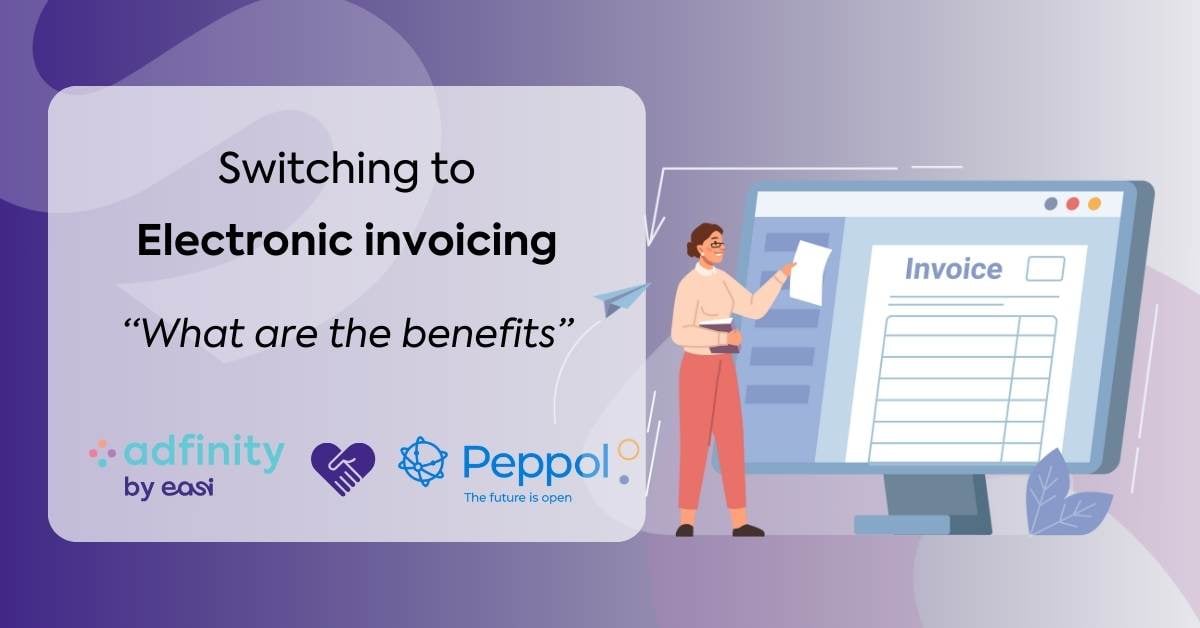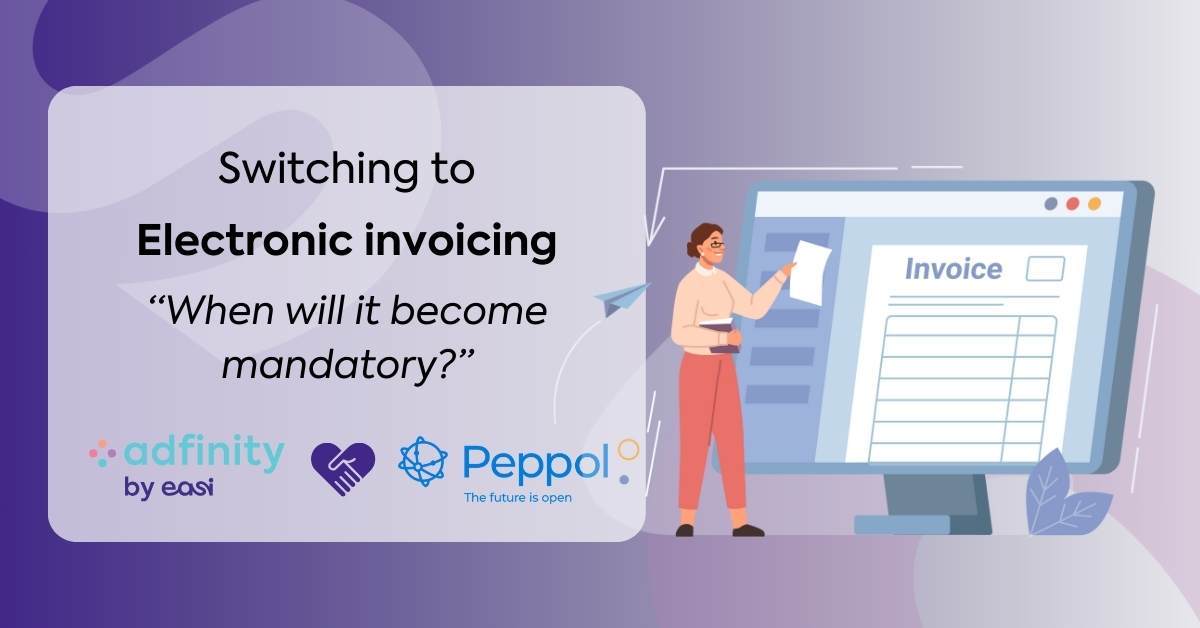CODA (Cash Or Deferred Arrangement) is a standard electronic file format that represents and dematerialises extracts from a bank account. When the amount of daily bank movements increases, the use of CODA is absolutely necessary. The accountant simply imports the CODA file(s) into the financial journal and the entries follow automatically.
An example where one finds hundreds or even thousands of movements in a bank account on a daily basis is a store’s bank account that uses payment terminals (which enables electronic funds transfers).
With good accounting software, the import of CODA with thousands of lines can happen very easily. And in a few minutes all these lines are listed in the financial journal. Intelligent reading of each movement is carried out in order to automatically match the lines of customer/supplier payments.
Card payments
Adfinity goes further (and always will)! Indeed, a smart process is applied to card payments.
Here is an obstacle that many accountants encounter at work. When a customer pays 100€ with a credit card (Visa, Mastercard, American Express, etc.) via a store terminal, only a single transaction is visible on the store’s bank account. However, this 100€ represents two distinct parts: one of 105€ which represents the gross amount of the purchase and the other of 5€ which represents the transaction fee (or commission). The accountant can’t just limit himself to the net amount of 100€ and leave it by that.
In the CODA file provided by the bank, there is only one row for this particular transaction. Therefore, when importing this file, only one line is written to the financial journal. However, the accountant would like to have two lines. Moreover, these two lines need a totally different accounting and analytical treatment.
Our advanced accounting software is there to reassure all these users. Indeed, a simple setting related to CODA import allows to automatically split the line of card payments in two and result in the right entries. To get back to our example; when this setting is implemented, instead of having a line of 100€ in the financial journal, we have two lines: a line of 105€ and a line of -5€. Each of the lines will also meet the desired accounting and analytical treatment
Adfinity offers an additional bonus: it is easy to identify and change the treatment for each terminal. This allows to work on analytics by stores, regions, etc.
As a conclusion, Adfinity offers a huge gain of time via “CODA import 2.0”.



